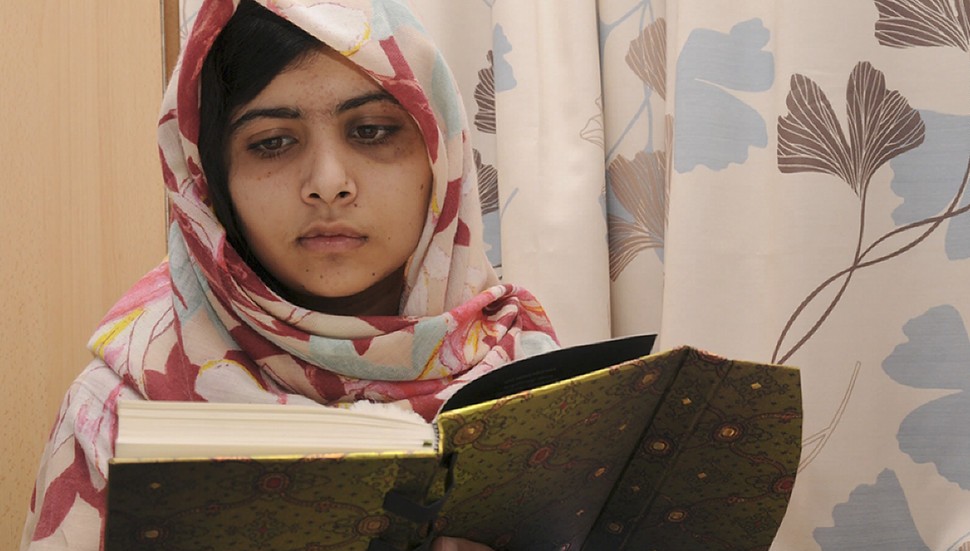Hello there,
On June 15 we saw cowardly and desperate attempts by terrorists to deny girls in Pakistan their right to education.
Globally, acts like this happen far too often. The basic right to education is under attack around the world–from the school shootings in Nigeria, to this most recent bombing of a school bus in my home country, Pakistan.
We need change now–and I need your help to achieve it.
You can help me–and boys and girls across the world. Please sign our petition demanding action during this education emergency:
https://secure.aworldatschool.
I will personally deliver this petition to the United Nations Secretary General Ban Ki-moon on July 12.
I became a victim of terrorism after I spoke out in favour of education of girls. These innocent girls have nothing to do with politics and only wanted to empower themselves through education.
If we want to bring change, if we want progress, if we want development, if we want the education of girls, we should be united. We should not wait. We should do it now.
Will you add your name to mine? Please sign our petition today:
https://secure.aworldatschool.
Obtaining education is every girl and boy’s birthright and no one is allowed to take away this right from them. So let’s work together and achieve our goal–our goal of the basic rights of human beings.
Thank you,
Malala
P.S. We need the help of your friends and family too. Please forward the petition onto them once you’ve signed.


Follow Hoshyar: